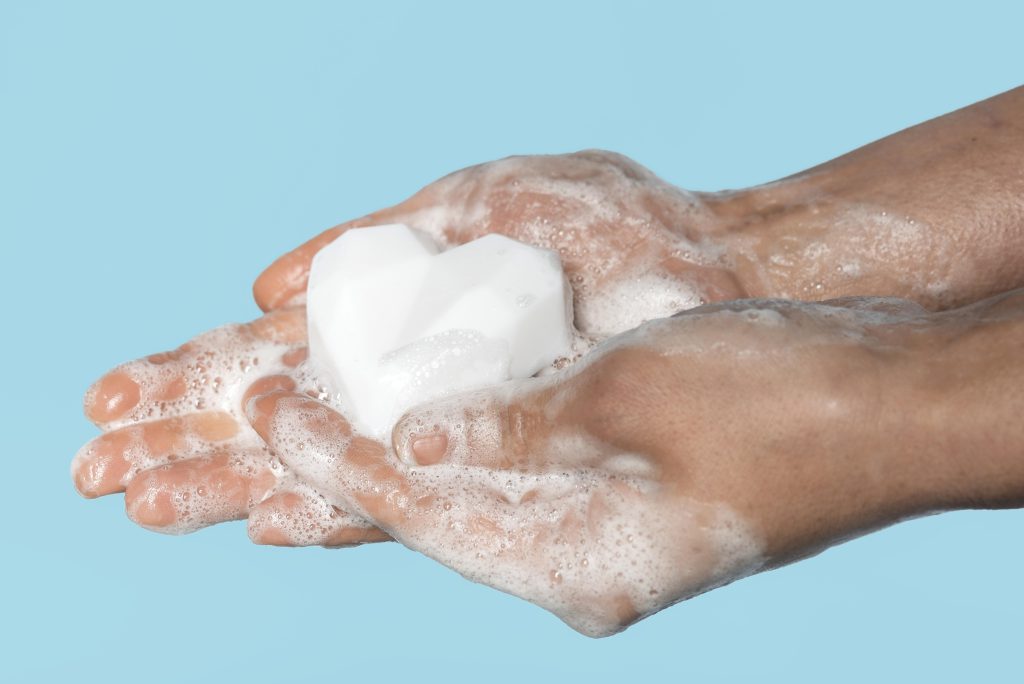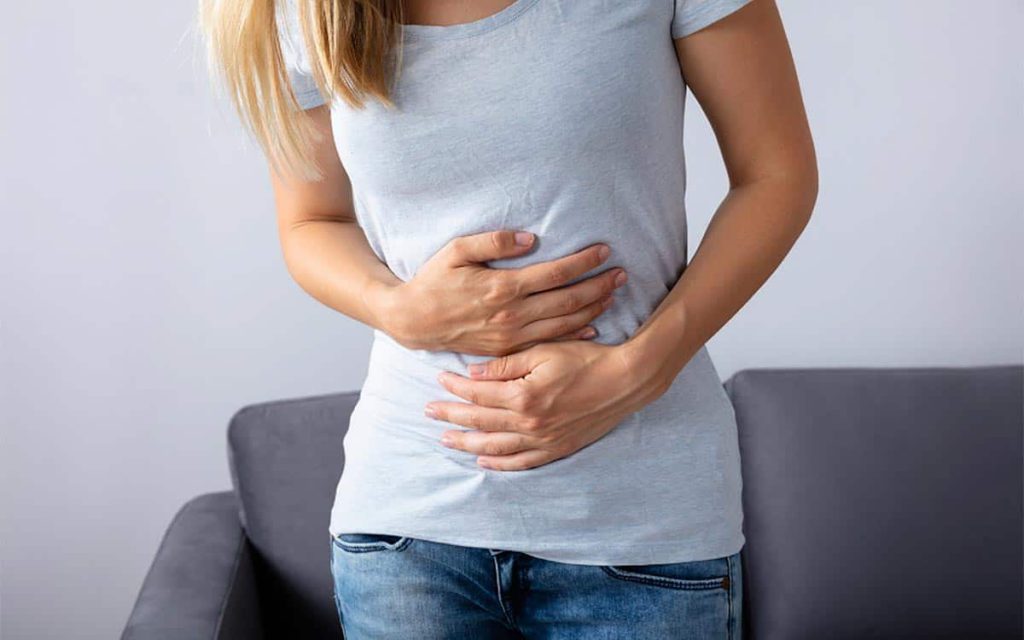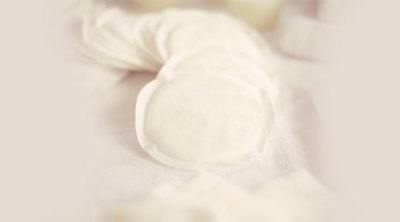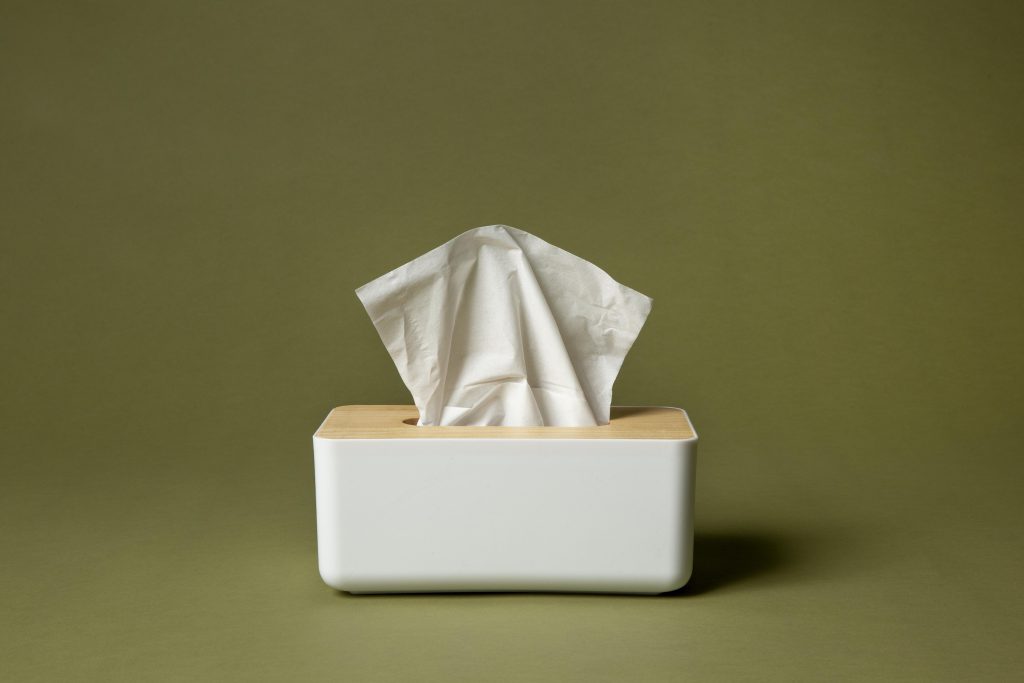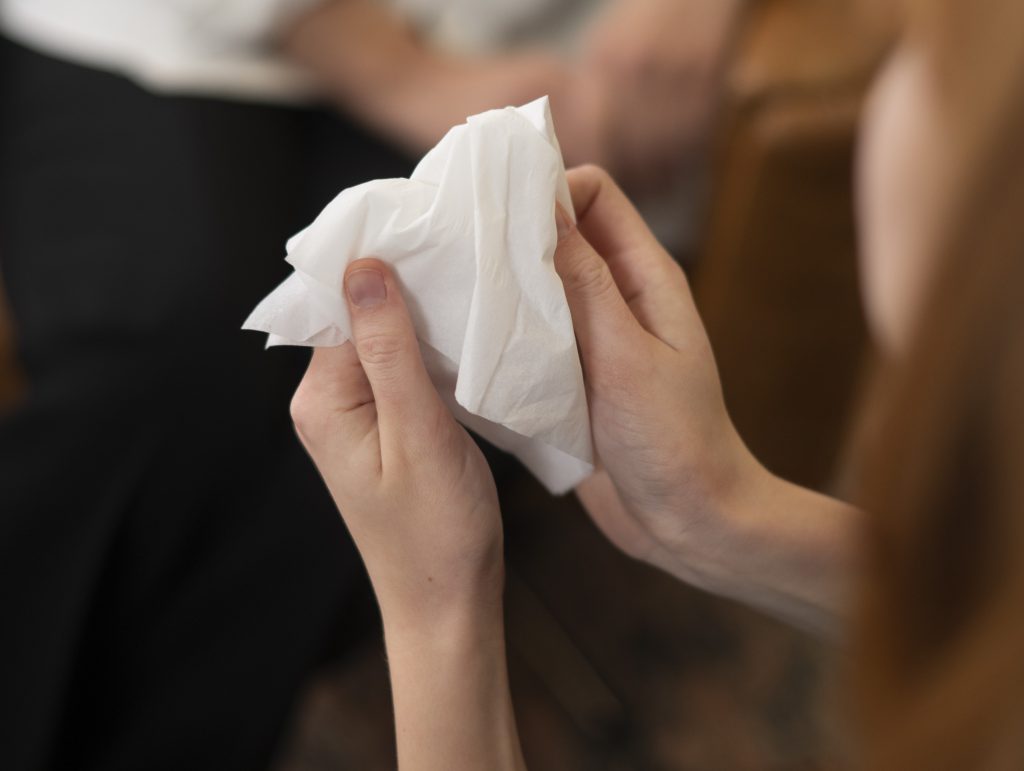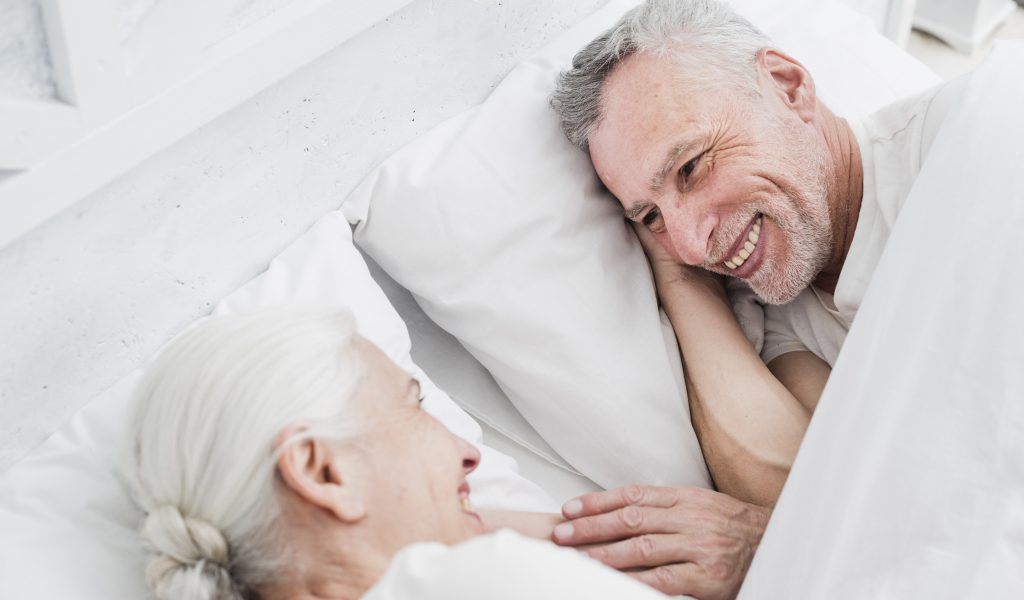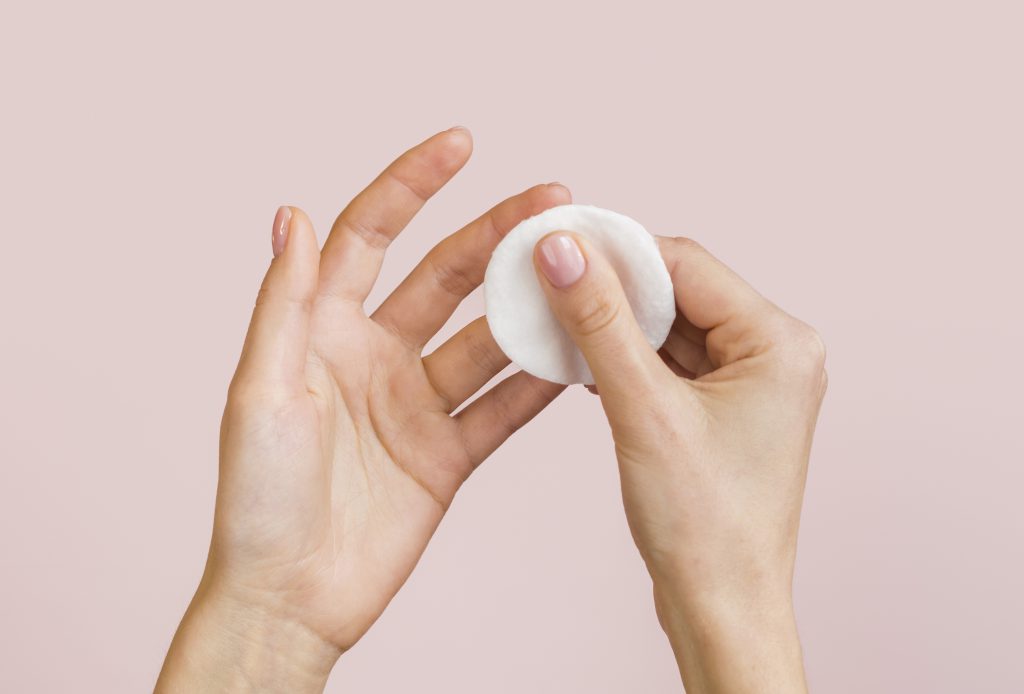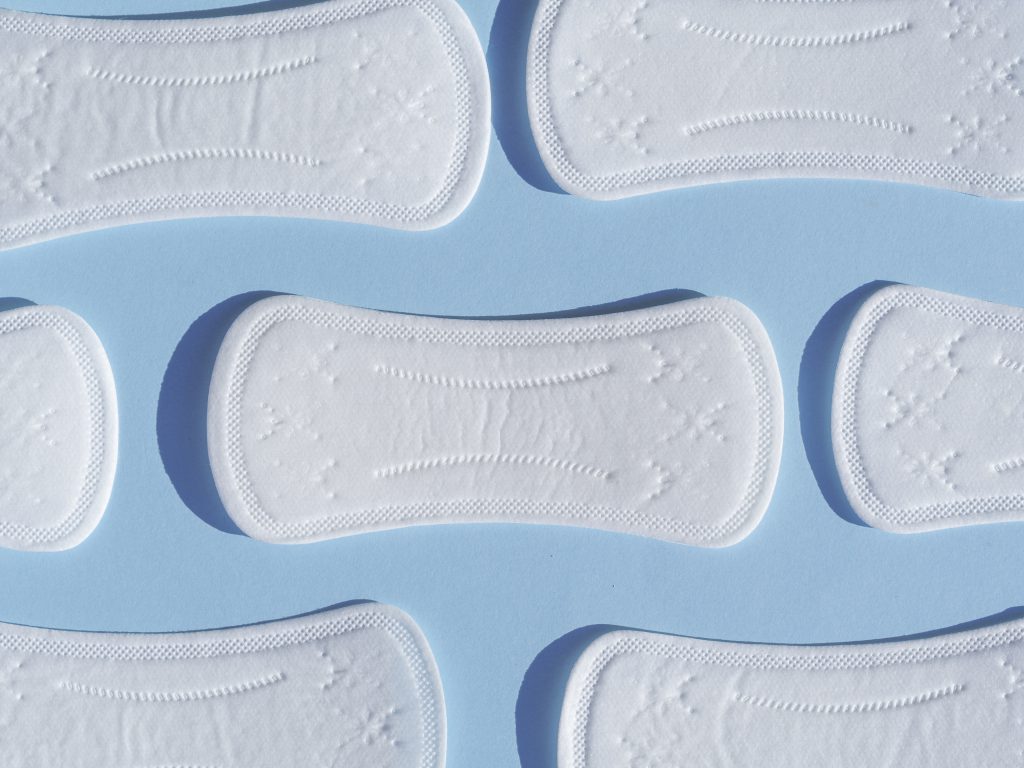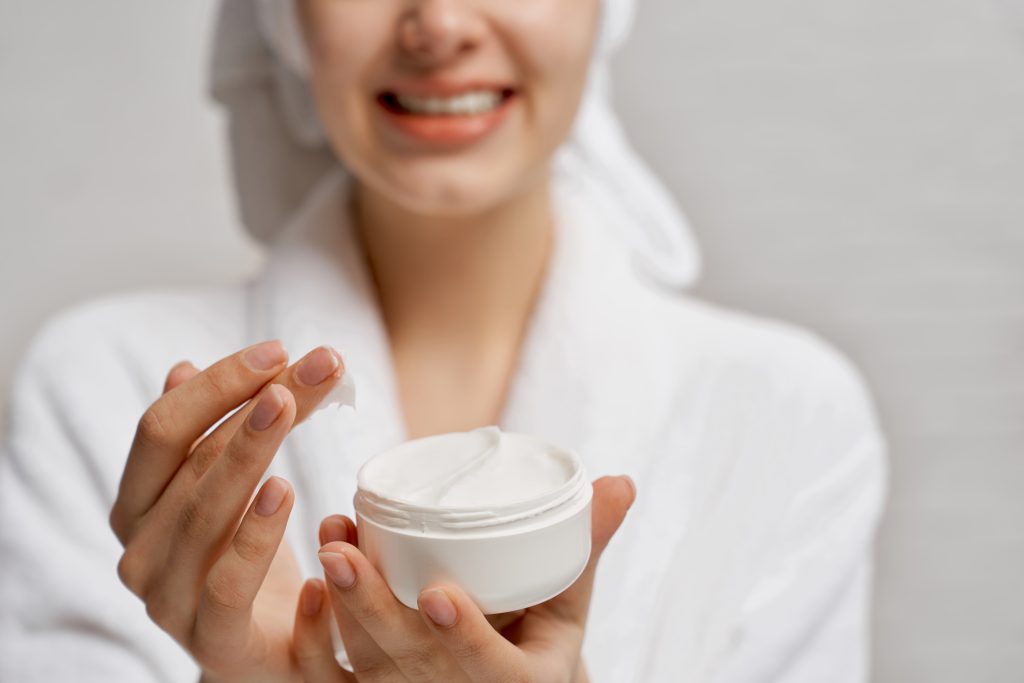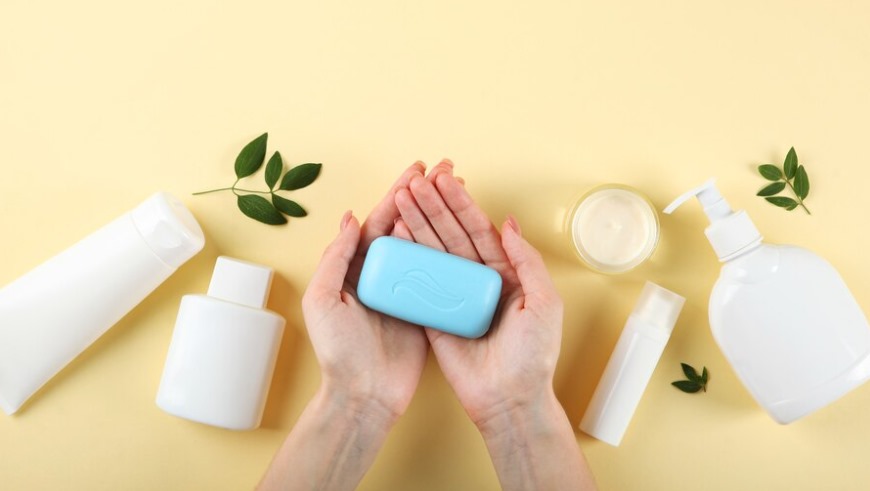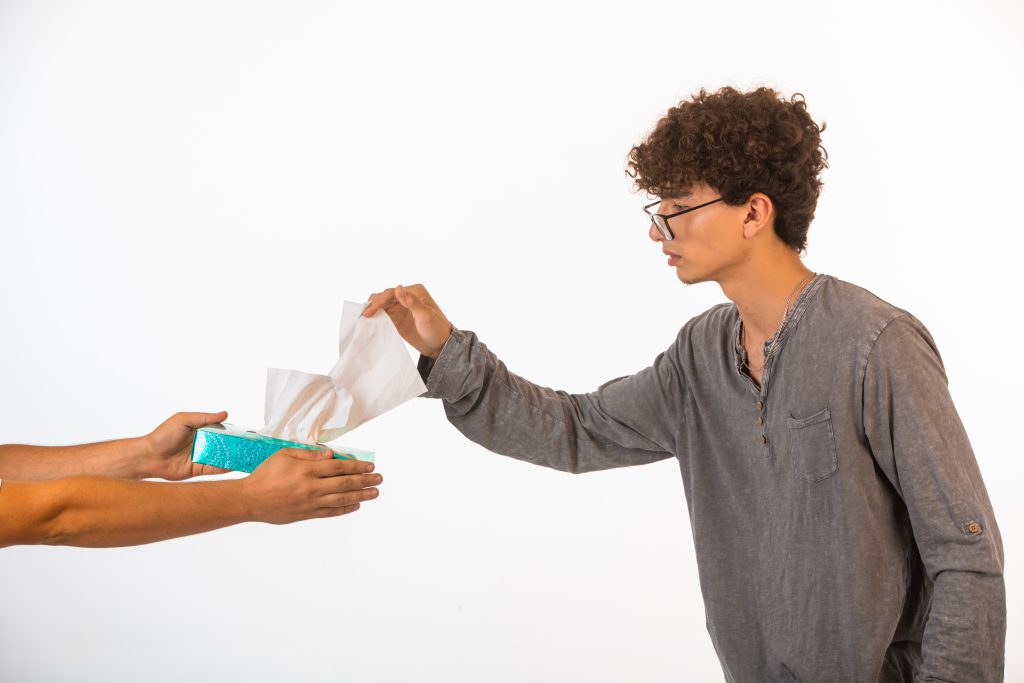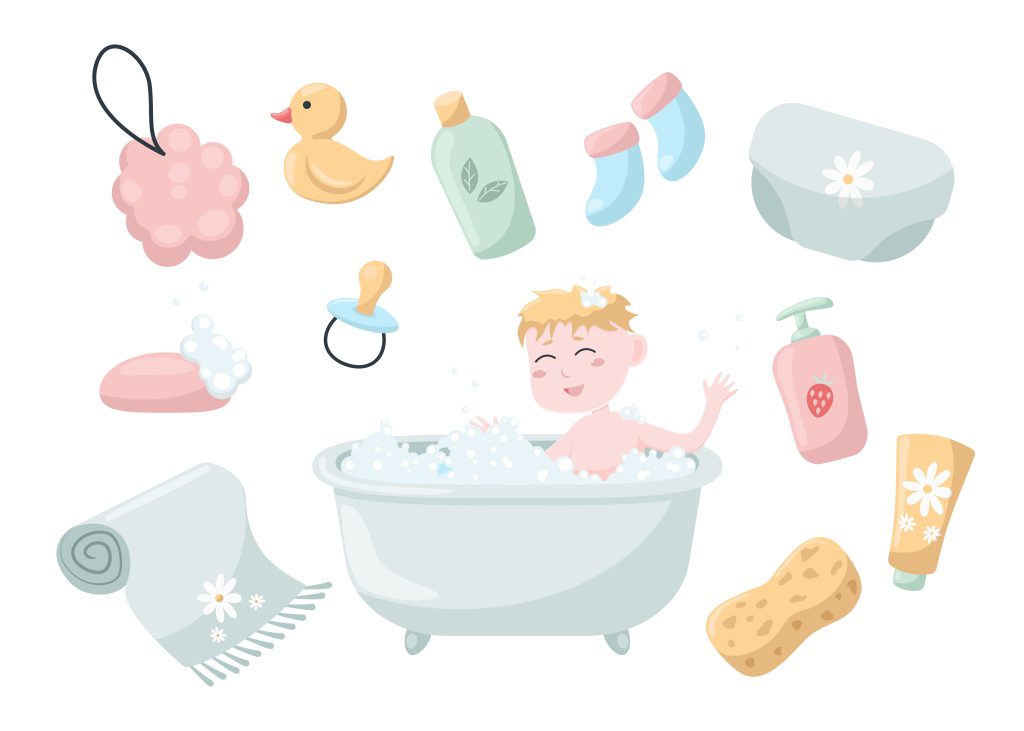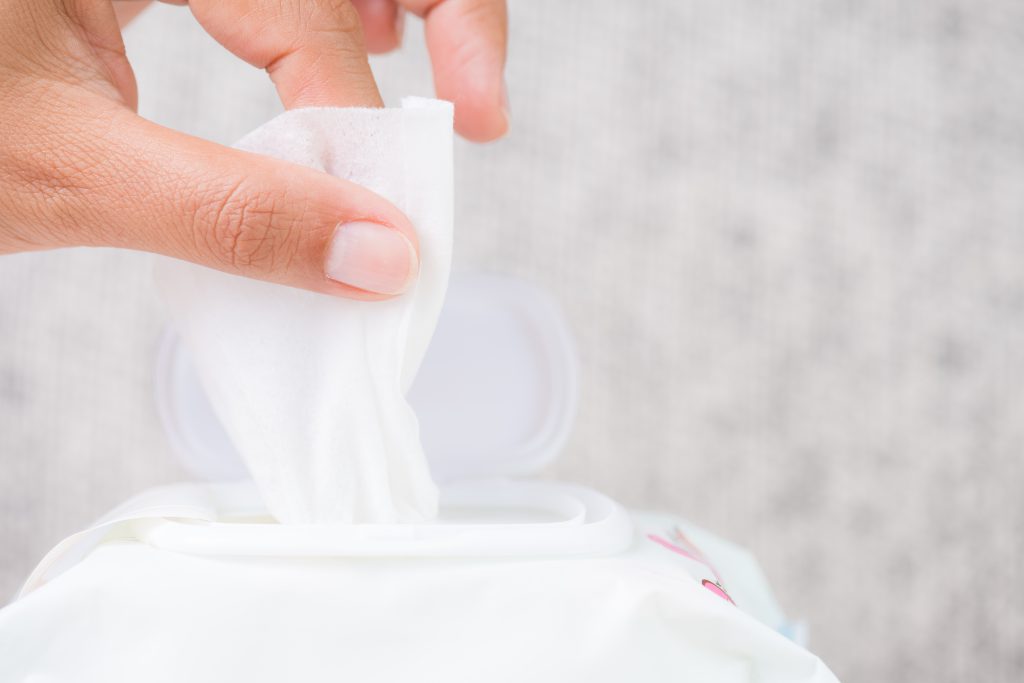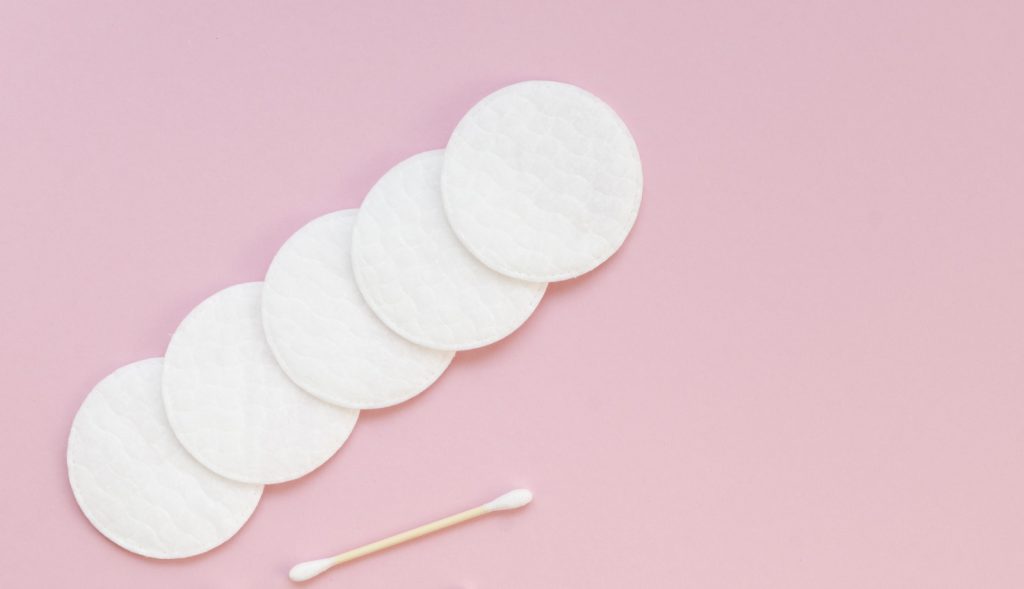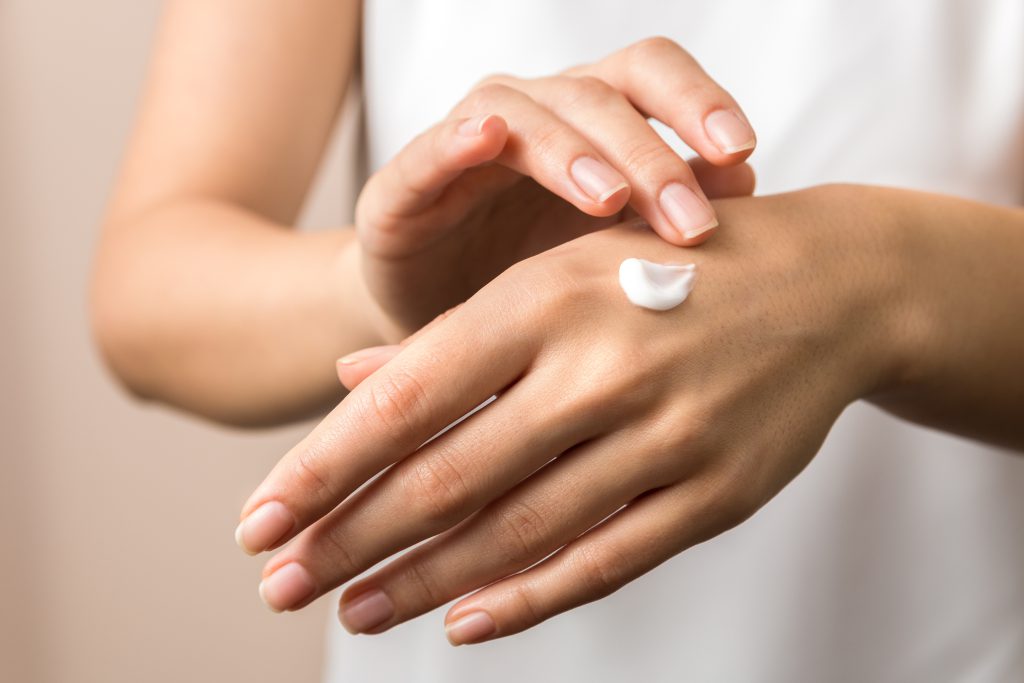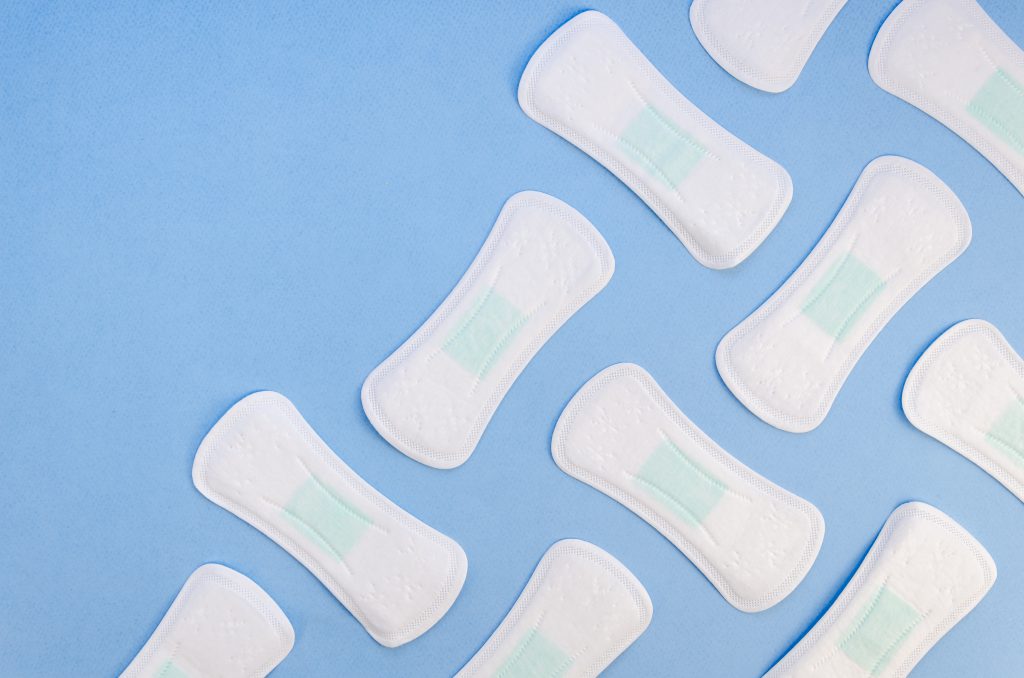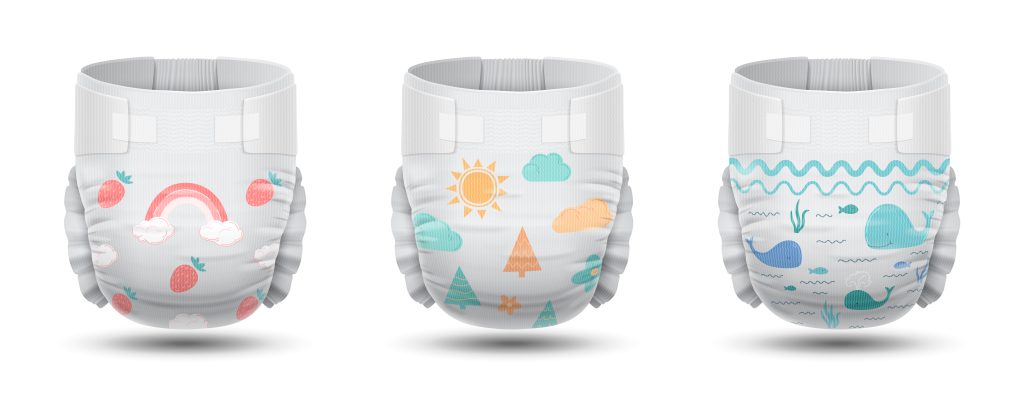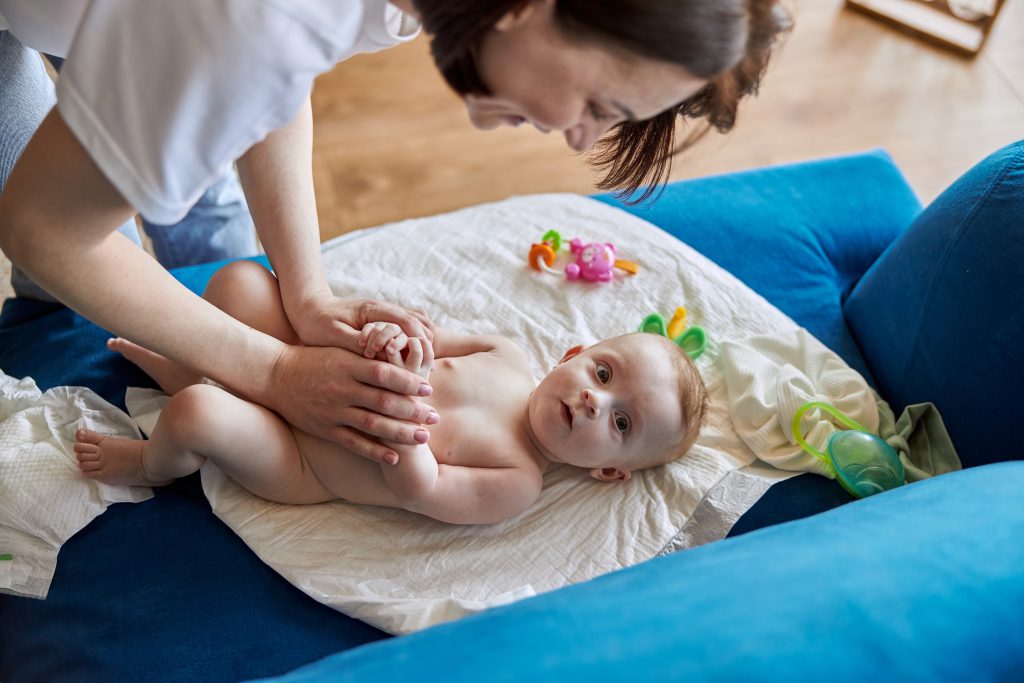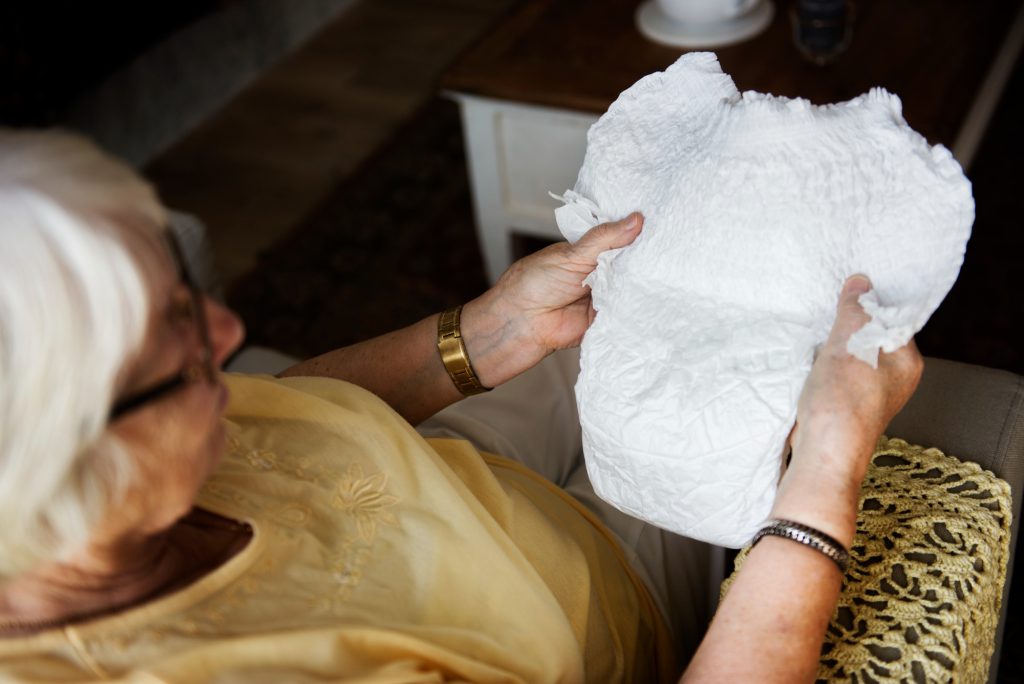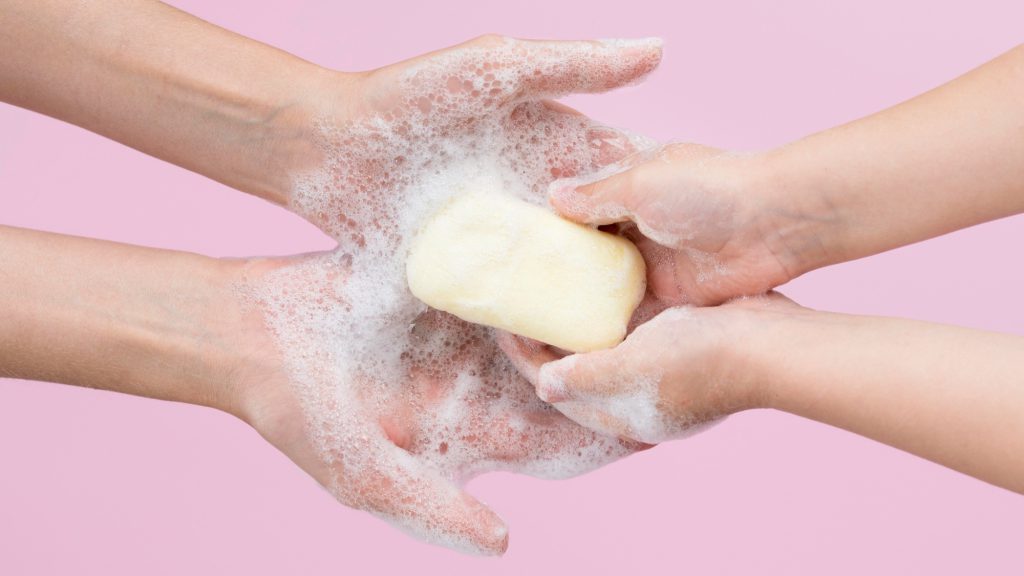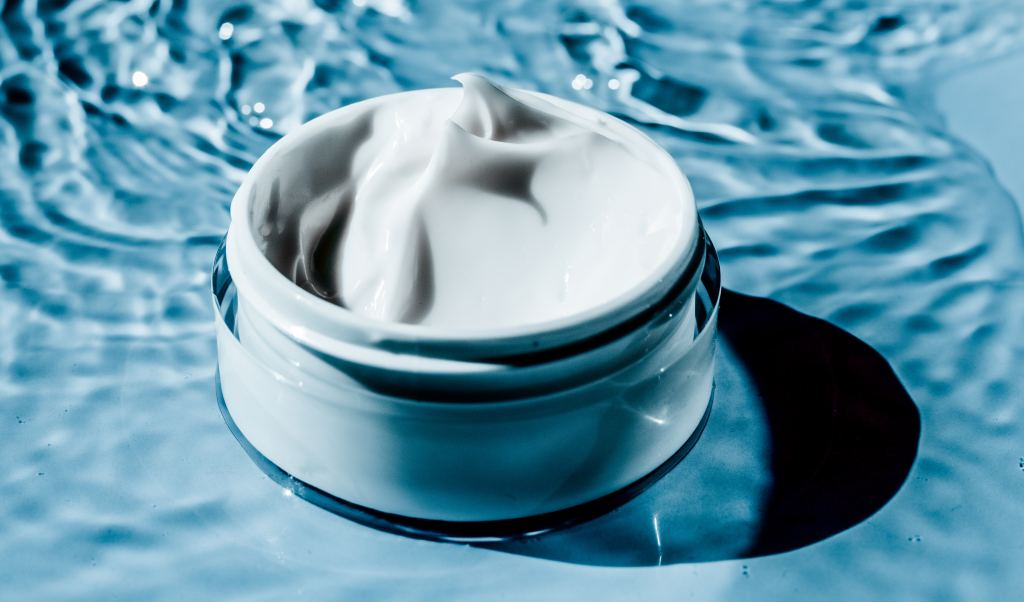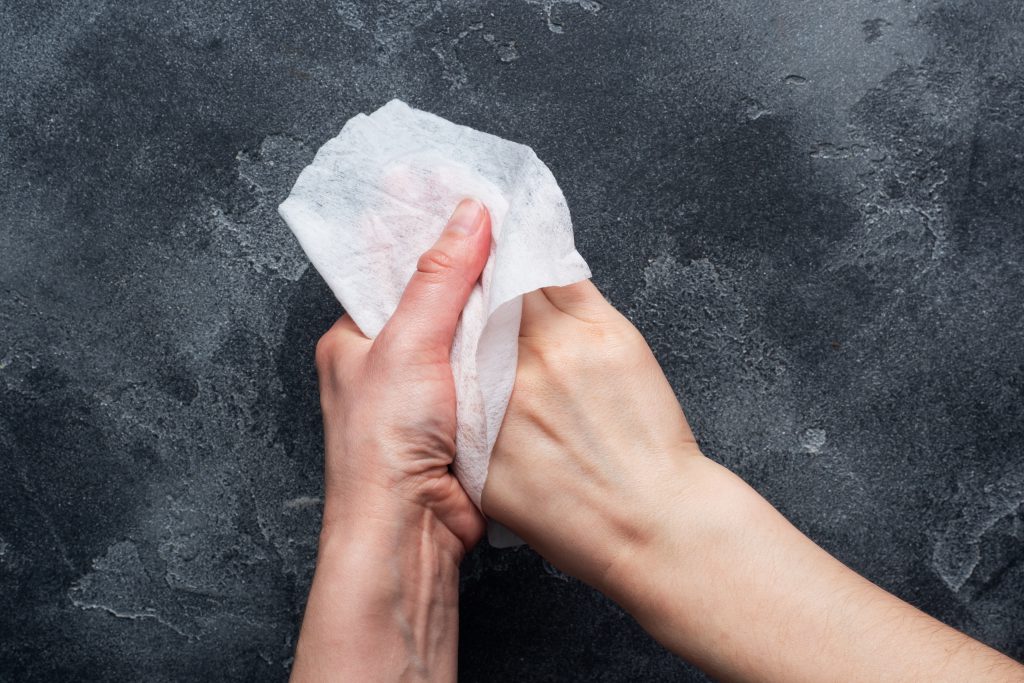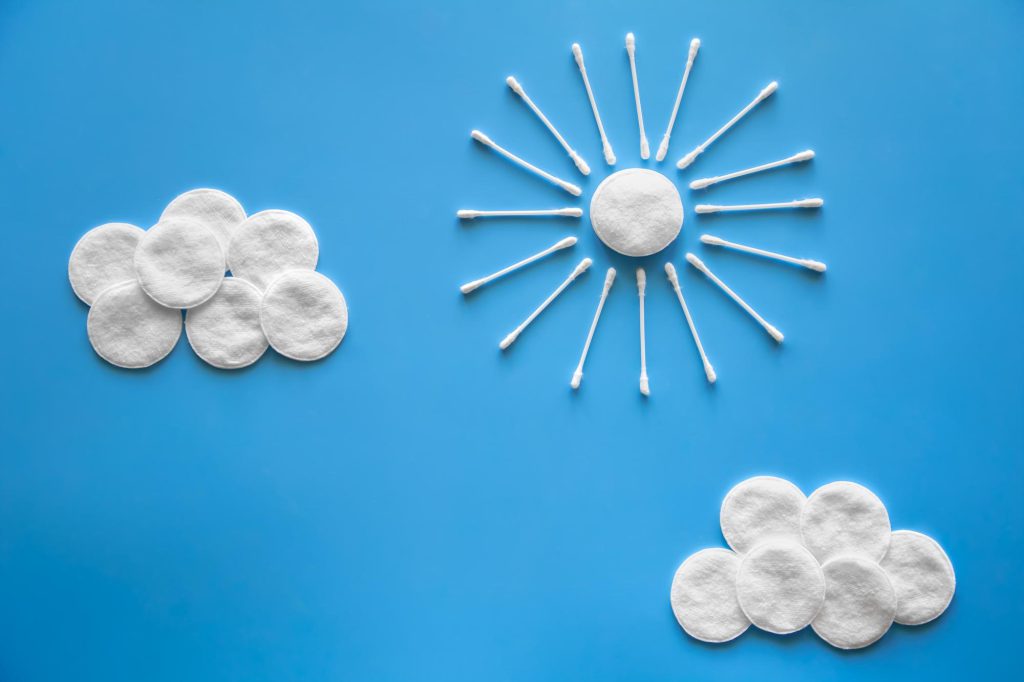Urinary incontinence is defined as involuntary leakage of urine. This condition, which can be seen at any age, is more common in women than in men.
Causes of urinary incontinence
Urinary incontinence can have many causes. The most common causes are:
Age: As you get older, bladder and sphincter muscles can weaken. This makes it difficult to hold urine.
Pregnancy and birth: Pregnancy and birth can damage the bladder and sphincter muscles. This may lead to urinary incontinence.
Obesity: Excess weight can increase intra-abdominal pressure, causing urinary incontinence.
Urinary tract infection: A urinary tract infection can cause inflammation of the bladder. This may lead to urinary incontinence.
Neurological diseases: Neurological diseases such as Parkinson's disease, multiple sclerosis, and stroke can impair bladder control. This may cause urinary incontinence.
Medications: Some medications can cause urinary incontinence as a side effect.
Symptoms of urinary incontinence
Symptoms of urinary incontinence may vary depending on the type of condition. The most common symptoms are:
Incontinence of urine in drops
Urinary incontinence when coughing, sneezing or laughing
Sudden feeling of need to urinate and inability to reach the toilet
urinary incontinence at night
Treatment of urinary incontinence
Treatment of urinary incontinence varies depending on the type and cause of the condition. Treatment options include:
Various lifestyle changes: Lifestyle changes such as losing weight, drinking plenty of fluids, reducing caffeine and alcohol consumption, and exercising regularly can help reduce urinary incontinence.
Medications: Some medications can help reduce urinary incontinence.
Specific treatments: In some cases, special treatments may be required for urinary incontinence. For example, pessaries can be used for stress incontinence, anticholinergic medications for urge incontinence, or botox injections for neurological incontinence.
Surgery: In some cases, surgery may be required to stop urinary incontinence.
Dealing with urinary incontinence
Urinary incontinence is a condition that negatively affects the quality of life. However, treatment option
Regulate your toilet habits: Going to the toilet regularly can help prevent your bladder from becoming too full and urinary incontinence.
Reduce the risk of not being able to make it to the toilet: Be in places where you have access to the toilet. For example, keep tissues or wet wipes with you when you are outside.
Be confident: Urinary incontinence is not something to be ashamed of. Be confident in yourself and do not avoid social activities.
If you are experiencing urinary incontinence, it is important to see a doctor. Your doctor will determine the cause of your condition and recommend appropriate treatment.s are available. You can try these tips to deal with urinary incontinence:
Our Blog
Things to Consider When Choosing Baby Diapers
Step into a Colorful and Fragrant World
Practical Solution to Comfort
Urinary Incontinence
Savior of Breastfeeding Mothers
Ideal Solution for Hygiene and Practicality
Indispensable for Skin Care
The Basic Step of Skin Care
The Importance of Soaps and Hygiene
The Importance of Hygiene in Babies
Helper That Improves the Quality of Life
Practical Formula of Freshness and Protection
Enrich Your Daily Bath Ritual
Urinary Incontinence Treatment
Why Is It So Important For Your Skin?
Baby Diapers: How to Make the Right Choice?
The Color and Shine Your Hair Needs
What Should We Pay Attention to When Choosing Soap?
Feel Fresh All Day Long
Practical and Delicate Touch to Hygiene
Continue Sports Without Slowing Down!
What is underpad? Where is it used?
What is Menstruation and How to Deal with Period Pain?
Why Should We Use Wet Wipes?
Common Misconceptions About Hair Care
Urinary Incontinance
Your Baby’s Development Process
How to Fight Menstrual Period?
Personal Hygiene for Women
How to Use Daily Pad?
How to Cope With Urinary Incontinence in Adults?
Is It Okay To Do Sports During Menstruation?
What is Sanitary Pad and How Is It Used?

About Us
nappia Hygiene® is a cosmetic & personal care product brand that aims to be among the world brands and customer satisfaction without sacrificing its quality line.
Products
Site Map
Our Policies
Copyright © HMG Hygiene Products Industry by Nappia Hygiene JSC. (Corporation) 2024 – All rights reserved.


